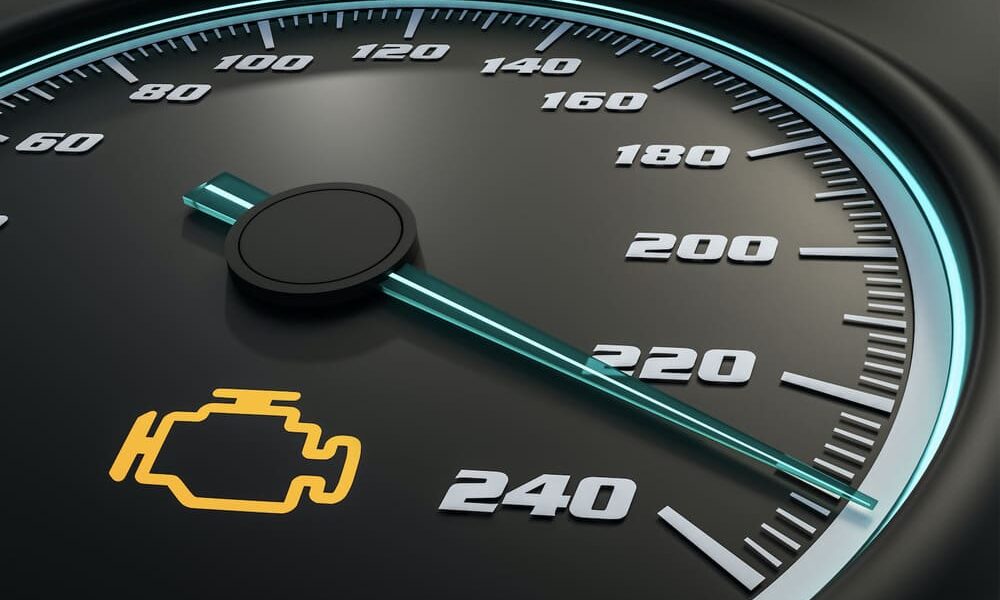
If you are like many drivers, you probably cringe at the thought of your check engine light being on. While this is not an ideal situation, it can be less frustrating if you have an understanding of how this situation should be handled. Keep reading if you wish to gain more insight into this very common issue.
The Basics
The first thing you should understand is the fact that there are many different problems that can lead to the check engine light being on. It does not necessarily mean that you need to immediately put your life on hold to head to a car repair service, but it does mean you should seriously consider adding it to your to-do list.
There are numerous things that can lead to this occurrence, including but not limited to:
– Wires on your spark plugs going bad. This can create a hiccup that sends a signal to your vehicle that there is trouble.
– There may be an issue with your catalytic converter. It may need to be replaced altogether or there may be something wrong with the oxygen sensors.
– The air/fuel ratio may be off. This can create more pollution than necessary when you are operating your vehicle and/or reduce your car’s performance level.
How It Works
Once the check engine light is on, a code is sent to the vehicle to give an indication of what the problem is. While it is possible to find a car repair service that will offer free diagnostics, the experts at Absolute Car Care have the latest diagnostics equipment that will allow us to quickly and easily determine why your light is on and what we should do about it. We can instantly get your car’s Diagnostic Trouble Code, fix the problem and get you back on the road at a reasonable cost.
Flashing Lights
If the light emitted is solid, this means you have a little time before heading to the shop is a necessity. On the other hand, a flashing light usually means that the problem is severe and you should avoid driving. In this instance, you should make an appointment as soon as possible.
Courtesy of absolutecarcare










